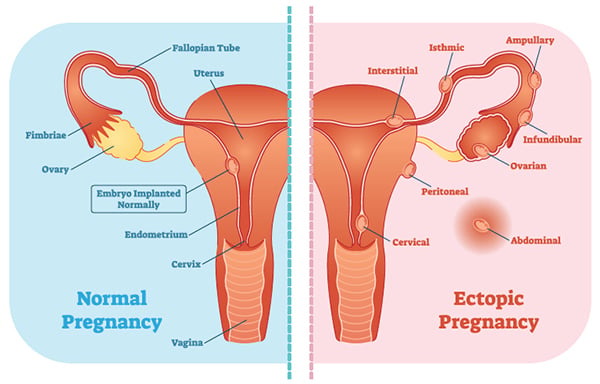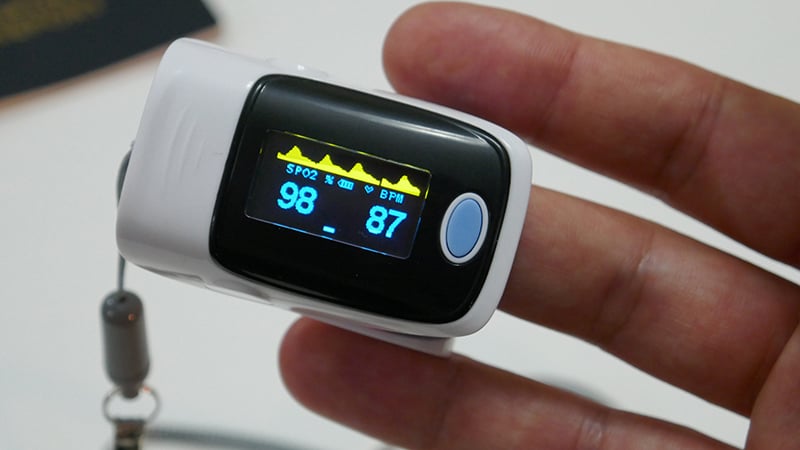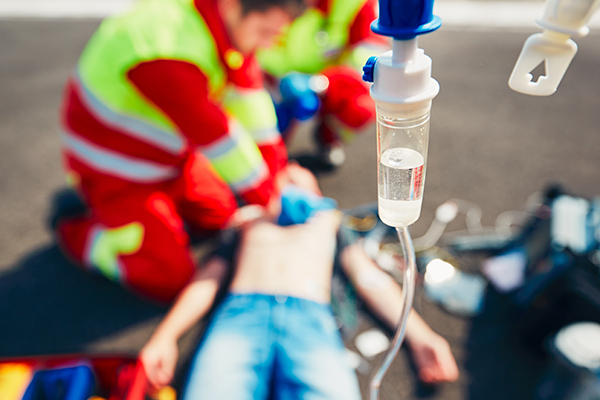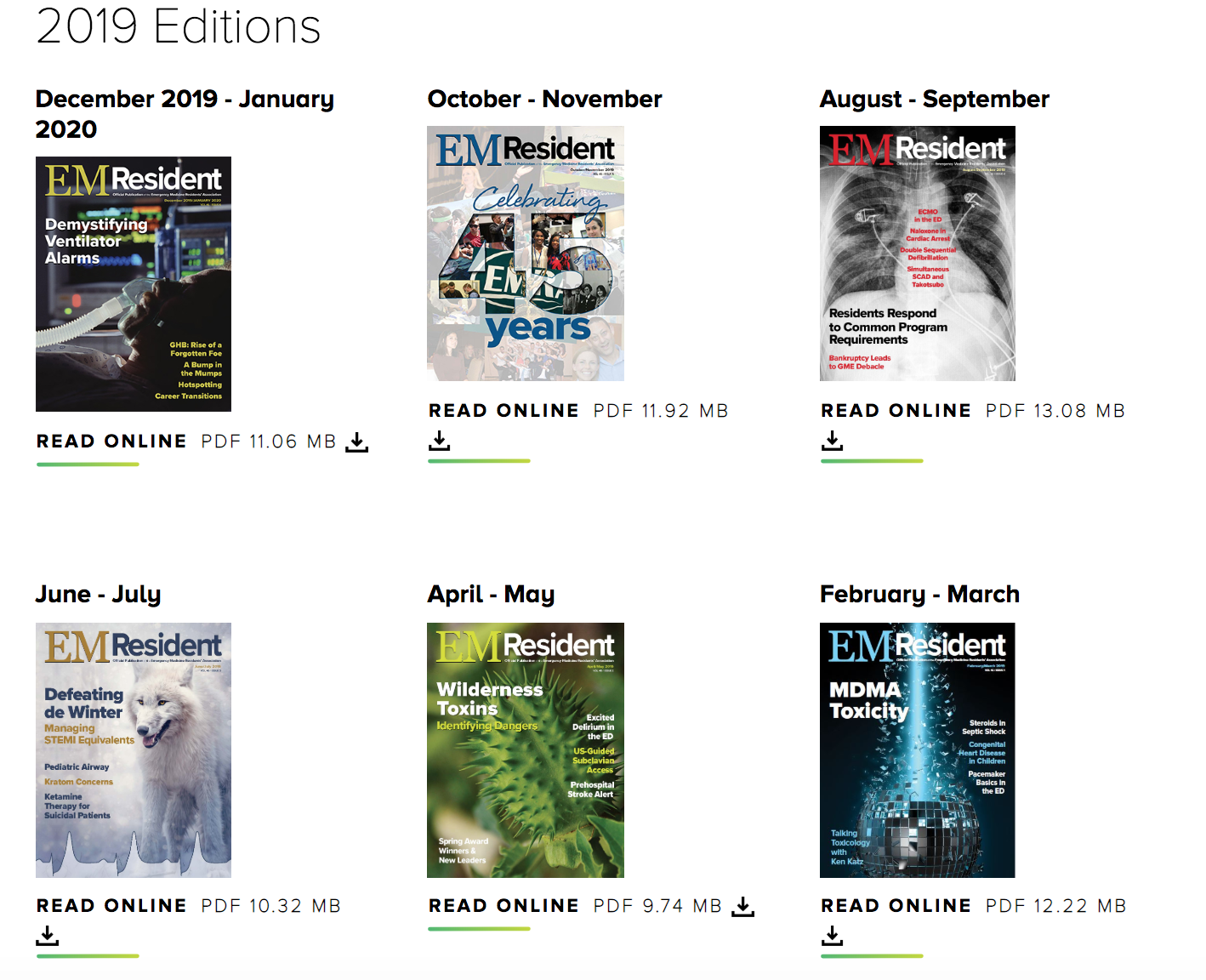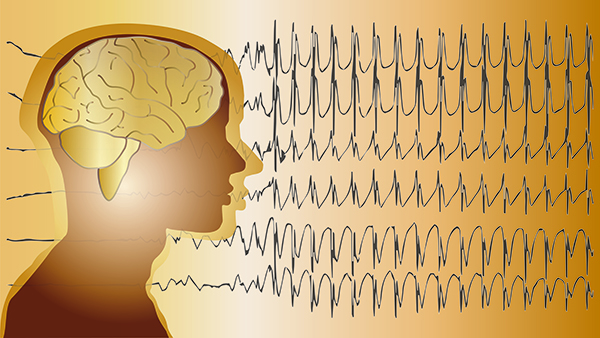Browsing: Clinical
Consider pulmonary hypertension when evaluating patients with shortness of breath because this condition is under-diagnosed and can be easily missed. Follow this case to clue in.
One of the most common fractures seen in the ED - and one of the most painful to manipulate and reduce prior to splinting. This nerve block can help.

In this patient, bedside transthoracic echocardiography was key to discovering the cause of chest pain and shortness of breath.
